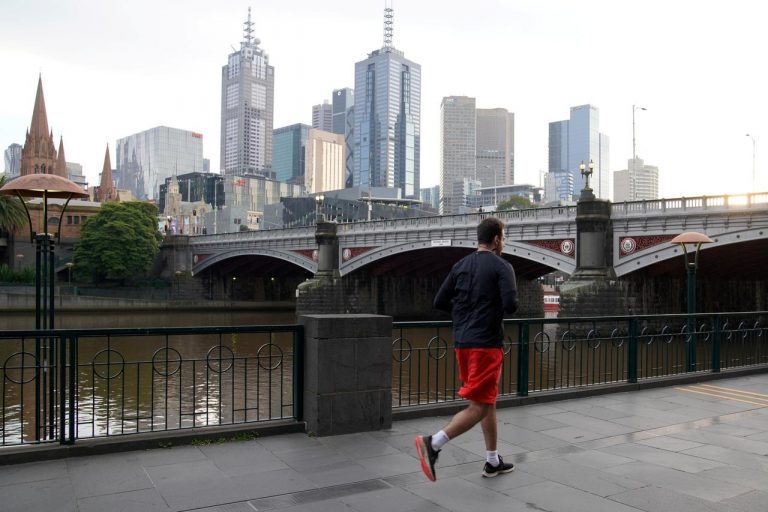
On Tuesday, Victoria reported 70 new cases of Covid-19 in the last 24 hours, a seven week low. Death toll in the state too was at a two week low with only 5 casualties, instilling within Melbournians hopes that their hard lock down was bearing fruit, and that the virus was being contained.
The fall in the number of new cases comes as the state capital Melbourne begins its fourth week of a six-week lockdown that sees residents confined to their homes, a nightly curfew imposed and large parts of the state economy ordered to close.
The restrictions are set to be relaxed later this month, with State Premier Daniel Andrews scheduled to detail the timetable for easing curbs on Sunday.
Health officials said Victoria is expected to reduce new daily infections to near single-digits by mid-September, down from over 700 new cases a day last month, but warned the risk of new outbreaks would remain.
“There will still be cases, there will still be outbreaks. That’s why these weeks and months ahead are so important,” Andrews told reporters in Melbourne.
Here is a message from Premier Dan Andrews:
“On Sunday, we’ll release a plan for reopening Victoria.
And we’ll give Victorians a bit more certainty about what the future might hold.
All this week we’ll be consulting with businesses, unions and community organisations to make sure we can reopen safely.
But before we get there, I wanted to explain how things might change for you at work:
When workplaces eventually open back up, they’ll still have to follow the established practices to keep staff safe – things like hygiene, face coverings, density limits, and making sure people stay home when they’re sick.
And because we’re constantly learning more about this virus and how it spreads, we’re asking for a few additional steps too.
Enclosed spaces can be a big problem when it comes to transmission – so workplaces need to consider this when it comes to reopening.
That might mean keeping doors and windows open, not relying solely on air conditioning, and having lunches and meetings outside – particularly as the weather gets better.
Some workplaces have already made big changes to cut down on enclosed spaces and shared facilities – but it’ll be an important factor for everyone going forward.
‘Workplace bubbles’ will be encouraged too, and we’re asking employers to consider rostering teams of people together, so that workers are mixing with a smaller number of colleagues.
This means that if there ever was an outbreak at work, we could quickly identify and isolate individual shifts rather than the entire workplace.
Things will look a little different, and it may take some time to get used to.
But we can’t rush into this, and when we do open back up – it needs to be done safely.
Any changes we make must be based on the numbers, the data, and the science.
If we could return to normal today – we would. But that just isn’t possible.
This pandemic isn’t going anywhere fast – so whatever we do has to be sustainable and something we can maintain for the longer-term.
I know you’re sick of it, I know you’re over it, I know you want it to end.
But if we just stay the course, we’ll see this through.
I promise you that.”






